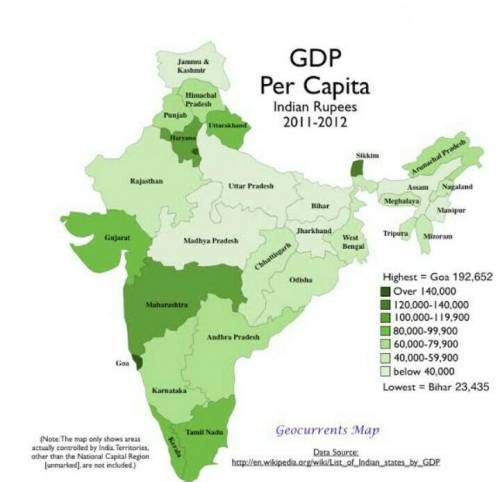Based on the information provided, the question prompt is asking for the correct characteristics of an economic union. Here are the options given, along with an explanation of why they are correct or incorrect:
1. Common trade regulations: Economic unions have shared trade policy rules and standards that members follow, encouraging smooth and predictable trade relationships.
Explanation: This option is correct. Economic unions typically establish common trade regulations to ensure consistency and fairness in trade among member countries. By having shared trade policy rules and standards, economic unions promote a level playing field for member countries in terms of trade.
2. Free movement of capital and labor: The ability to shift capital and labor fluidly between member countries is a feature of an economic union, encouraging investment, employment, and economic dynamism across borders.
Explanation: This option is correct. Economic unions often aim to promote the free movement of capital and labor among member countries. By doing so, economic unions encourage investment, employment opportunities, and economic growth across borders. This allows for a more integrated and productive economy within the union.
3. Free movement of goods: This is a fundamental feature of an economic union, making it possible for goods to be bought and sold freely between member countries, benefiting consumers and producers alike.
Explanation: This option is correct. One of the key characteristics of an economic union is the free movement of goods among member countries. This means that goods can be traded without significant barriers, such as tariffs or quotas, between member countries. Such free movement of goods benefits consumers by providing access to a wider range of products at competitive prices, and it benefits producers by increasing market opportunities and competition.
Now, let's discuss the incorrect options:
1. Absence of national governments: Economic unions do not remove or replace national governments. Although they represent collective decision-making structures, national governments still retain power in their specific areas.
Explanation: This option is incorrect. Economic unions do not eliminate national governments. Instead, economic unions are formed by sovereign nations joining together to pursue common goals and enhance economic cooperation. While decision-making within an economic union may involve collective structures, national governments continue to exist as the governing bodies of member countries with their own areas of authority.
2. Prohibition on all external trade: Economic unions often do set common external tariffs or trade policies for non-members, but this does not translate to a "prohibition" on external trade. They typically still engage in trade with non-member countries too.
Explanation: This option is incorrect. Economic unions do establish common external tariffs or trade policies for non-member countries to promote consistency and protect the interests of member countries. However, this does not mean that economic unions completely prohibit external trade. They usually continue to engage in trade with non-member countries, although the specific terms and conditions may be influenced by the common trade policies established within the economic union.
In summary, the correct characteristics of an economic union, based on the given options, are: common trade regulations, free movement of capital and labor, and free movement of goods. Economic unions do not eliminate national governments, and they do not generally prohibit all external trade.
